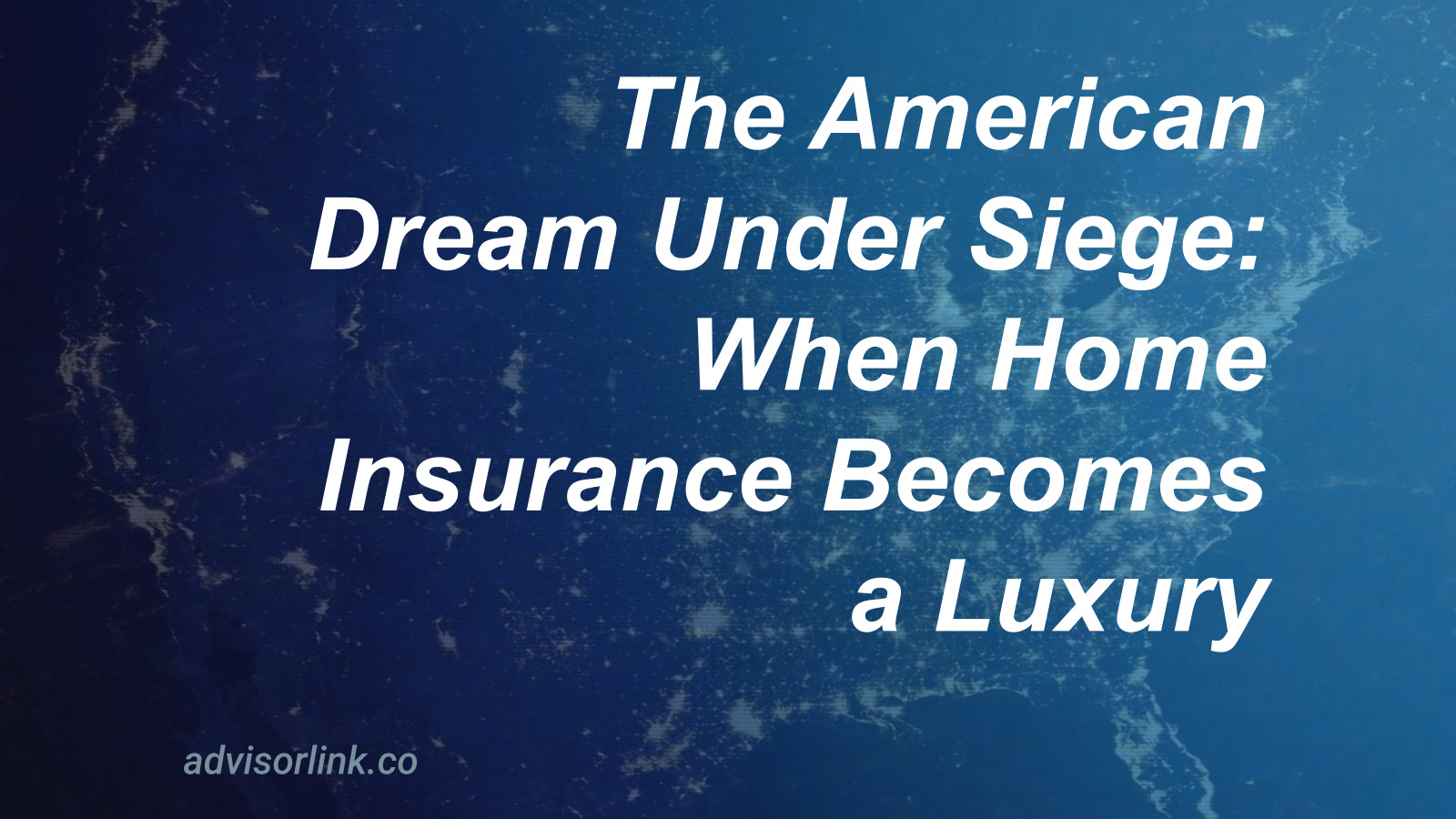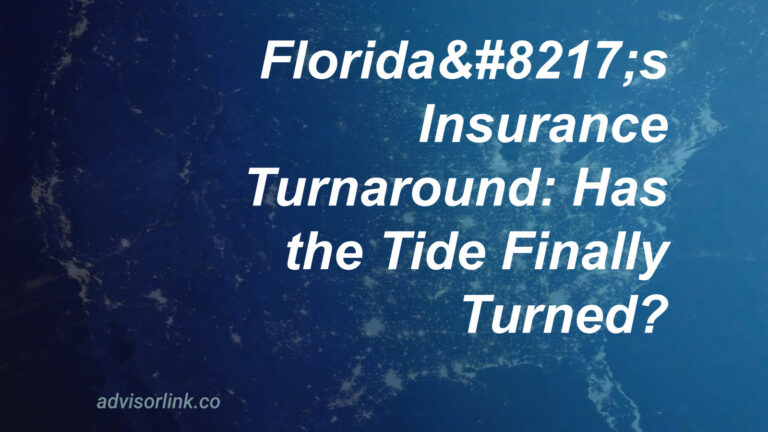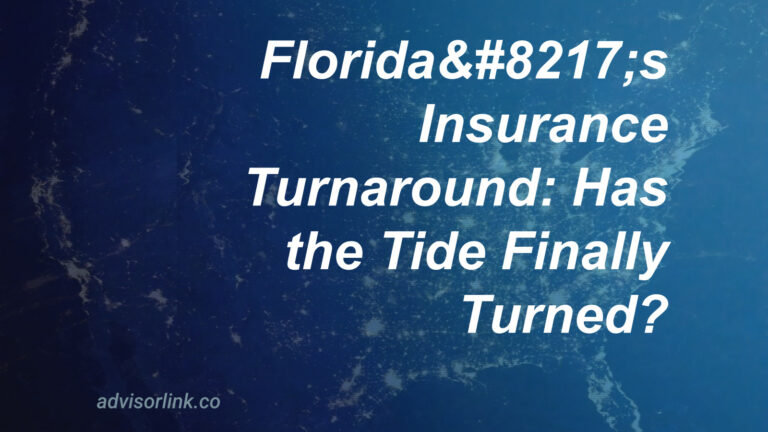The American Dream Under Siege: When Home Insurance Becomes a Luxury
# The American Dream Under Siege: When Home Insurance Becomes a Luxury
Is the cornerstone of the American Dream—homeownership—becoming a privilege rather than a right? Across this great nation of ours, families are opening envelopes to find notices that might as well read: “Your protection will cost you dearly.”
## What’s driving the surge in home insurance costs?
Home insurance rates are climbing faster than a Houston thermometer in August. The cold, hard numbers tell us that premiums increased 8.7% faster than inflation between 2018 and 2022, according to a U.S. Treasury report that landed on desks in Washington recently. This isn’t just a statistical blip—it’s a seismic shift in the financial landscape of ordinary Americans.
Consider what’s happening in the Golden State, where State Farm General is seeking a 22% rate hike due to catastrophic wildfire losses. Or look to the bayous of Louisiana, where homeowners are bracing for premium increases north of 20%. These aren’t just numbers on a page; they represent monthly budget calculations at kitchen tables across America.
## How is climate change reshaping our insurance markets?
The weather patterns that once seemed as predictable as a Sunday sermon have become wild cards in our national deck. Wildfires rage through California neighborhoods that never before faced such threat. Hurricanes hammer coastlines with increasing fury. Floods submerge communities built on land once considered safe and dry.
I’ve covered my share of natural disasters over the decades, but what we’re witnessing now isn’t just Mother Nature’s occasional tantrum—it’s a fundamental reshaping of her relationship with human settlement. Insurance companies, those bastions of actuarial caution, are retreating from areas they once covered without hesitation.
In Iowa—heartland America, where corn grows tall and communities run deep—at least four insurance companies have stopped writing new policies altogether. When insurance companies abandon Main Street, you know something profound is shifting beneath our feet.
## Are tariffs making a bad situation worse?
Climate change isn’t the only culprit in this national drama. The cost of rebuilding after disaster strikes has soared, with construction materials caught in the crossfire of trade disputes. Tariffs on Canadian lumber, steel, and other building essentials mean that every nail, board, and shingle costs more.
When a hurricane levels a neighborhood in Florida or a wildfire reduces California homes to ash, the price tag for rebuilding climbs ever higher. Insurance companies, facing these escalating costs, pass the burden directly to policyholders—if they’re willing to provide coverage at all.
## What happens when private insurers head for the hills?
As private insurers flee high-risk regions, homeowners are increasingly forced into state-run insurance pools—the insurers of last resort. These government safety nets offer less comprehensive coverage at higher costs, a double blow to families already struggling with rising expenses.
These state-run programs were never designed to be the primary provider of property insurance. They were created as backstops, not foundations. Yet in coastal Florida, wildfire-prone California, and hurricane-threatened Louisiana, they’ve become the only option for countless homeowners.
## How does insurance volatility threaten the broader economy?
The ripple effects extend far beyond monthly premium payments. When housing costs rise—including insurance—property values can stagnate or fall. Mortgage affordability calculations shift. Small businesses, already operating on thin margins, face yet another rising expense that threatens their viability.
I spoke with Maria Henderson, who runs a family hardware store in coastal North Carolina. “My business insurance doubled last year,” she told me, the concern evident in her voice. “I’ve been here thirty years, weathered storms both literal and economic, but this insurance situation might be what finally closes our doors.”
Families with fixed incomes face impossible choices—pay skyrocketing insurance premiums or risk going without adequate protection. Some are considering abandoning generations-old family homes simply because they can no longer afford to insure them.
## What solutions might steady this ship?
Some experts suggest more investment in climate resilience—stronger building codes, improved infrastructure, and community-wide hazard mitigation. Others point to the need for insurance market reforms that balance protection for consumers with sustainable business models for insurers.
Innovative approaches are emerging, like parametric insurance that pays out based on the occurrence of specific events rather than assessed damages. Community insurance programs that pool resources across larger geographic areas show promise in spreading risk more effectively.
What’s clear is that addressing this crisis requires acknowledging its multiple causes—climate change, economic factors, and market dynamics—rather than seeking simple scapegoats or quick fixes.
## What’s at stake in this national challenge?
The affordability and availability of home insurance might seem like dry subject matter, but make no mistake—this is about the American dream itself. When families can’t protect their most significant asset, when small businesses fold under insurance pressures, when communities fragment as longtime residents can no longer afford to stay, we lose something essential to our national character.
This isn’t just a story about premiums and policies. It’s about whether we can maintain our promise that hard work and responsibility lead to security and stability. It’s about whether homeownership remains accessible to ordinary Americans or becomes reserved for those with the deepest pockets.
As one Louisiana homeowner put it to me, with the straightforward wisdom I’ve encountered in people across this land: “We’re not asking for handouts. We just want a fair chance to protect what we’ve worked our whole lives to build.”
That simple sentiment strikes at the heart of our national dialogue about insurance, climate, economic security, and the kind of country we want to be. The writing is on the wall—how we respond will shape American communities for generations to come.
And that’s the way it is.
Disclaimer: General Information & Accuracy
This blog provides general information and discussions about insurance and related subjects for informational purposes only. It is not intended as professional advice, including but not limited to financial, legal, or medical advice. We strive for accuracy, but laws, regulations, information, and best practices constantly evolve, and unintentional errors can occur. Therefore, we make no warranties about the completeness, accuracy, reliability, or suitability of the blog content. Always consult with a qualified professional for advice tailored to your specific situation. Any reliance you place on this information is strictly at your own risk.





